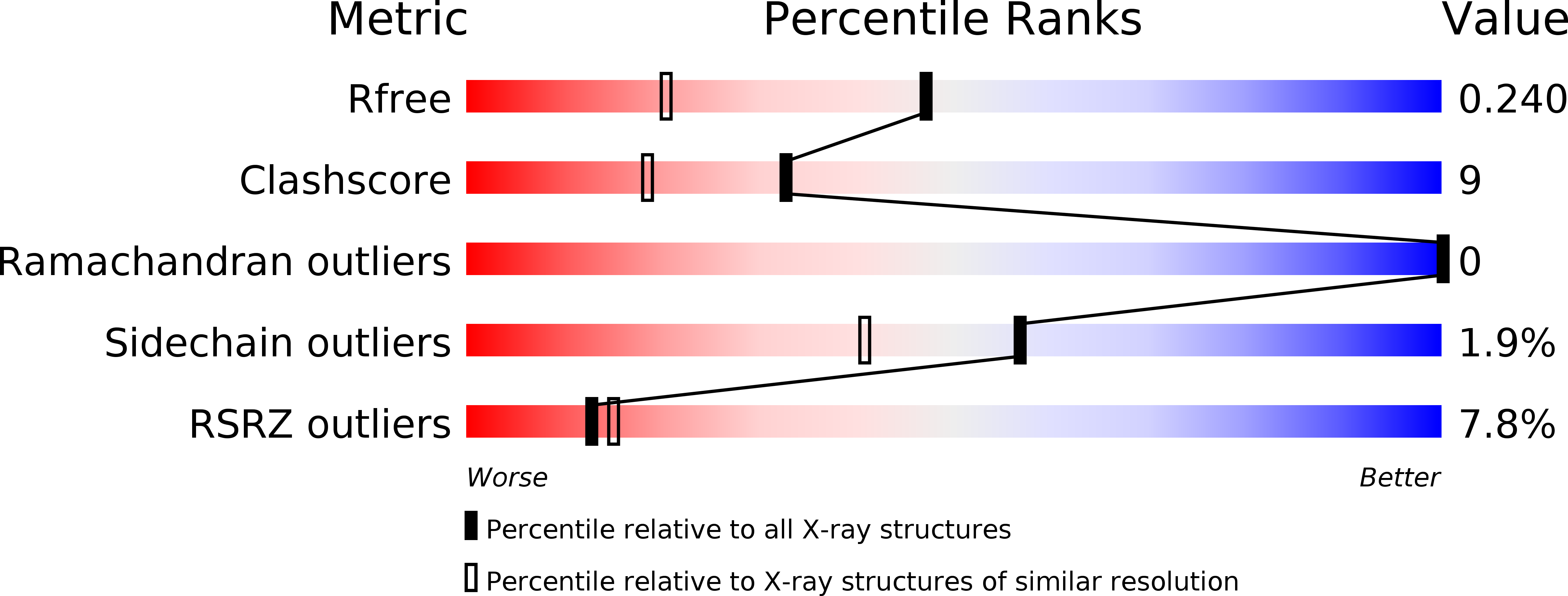
Deposition Date
2014-10-21
Release Date
2015-02-11
Last Version Date
2023-09-20
Entry Detail
PDB ID:
4RMB
Keywords:
Title:
Crystal structure of keratin 4 binding domain of surface adhesin Srr-1 of S.agalactiae
Biological Source:
Source Organism:
Streptococcus agalactiae NEM316 (Taxon ID: 211110)
Host Organism:
Method Details:
Experimental Method:
Resolution:
1.70 Å
R-Value Free:
0.24
R-Value Work:
0.22
Space Group:
P 1 21 1


